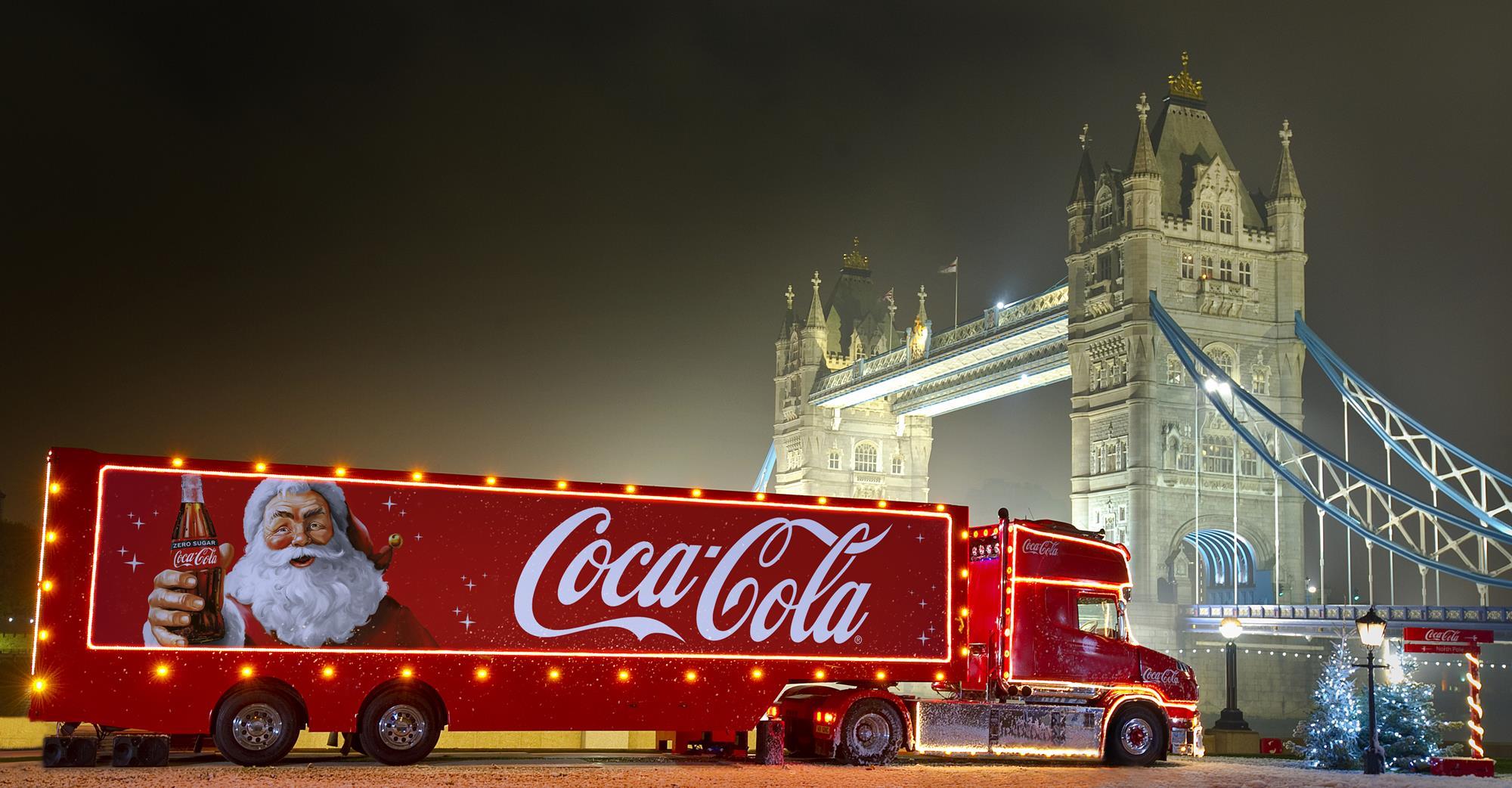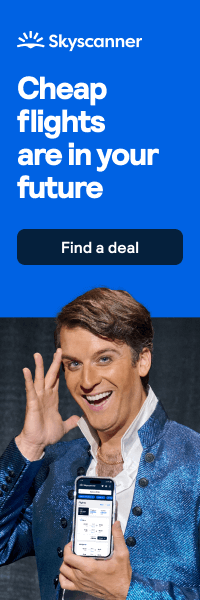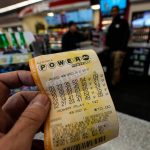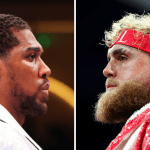Coca-Cola's holiday campaign launched just ten days ago on November 3, and already it stirs up familiar frustrations. The brand's iconic red trucks roll through snowy scenes once more, but this time with AI-generated animals like polar bears, pandas, and sloths joining the cheer. Viewers spot the charm fading fast into awkward glitches and stiff animations that pull at the heartstrings in all the wrong ways. Families tuning in for that warm glow of tradition instead encounter faces that flicker unnaturally and movements that lack any real bounce. It's a reminder that the season's joy often hinges on those subtle touches only humans can deliver.
A Closer Look at the AI Animals Stealing the Show
The ad remake of the classic "Holidays Are Coming" spot features hedgehogs, seals, and rabbits too, all crafted from over 70,000 AI-generated clips refined by five specialists and a team of about 100. Progress shows in small details, like the trucks' wheels now spinning smoothly as they glide past enchanted forests. Yet the animals dominate with their mismatched styles, shifting from overly cartoonish grins to eerie realism that leaves audiences unsettled. Recent backlash floods social media, with comments calling out the uncanny valley effect that makes the festive parade feel more like a tech demo than a holiday hug. Coca-Cola aimed to celebrate "behind-the-scenes givers" through this innovative twist, but the execution lands closer to confusion than connection.
Last Year's Lessons Ignored in This Year's Rush
Viewers remember the 2024 campaign's similar stumbles, where gliding wheels and artificial expressions drew sharp criticism for stripping away the ad's soul. Coke promised tweaks after that outcry, yet the 2025 version doubles down on full AI production without blending in more traditional craft.
Marketing Dive reported on the launch, noting how the "Refresh Your Holidays" push includes three AI-driven films airing across North America, Latin America, and Europe. Instead of evolving toward hybrid methods that mix machine speed with human finesse, the brand pushes forward, betting big on automation despite the growing chorus of doubters. This persistence highlights a deeper tension in the industry, where quick wins clash against the enduring pull of authentic storytelling.
Expert Warnings: Efficiency Can't Buy Emotional Pull
Coca-Cola's Chief Marketing Officer Manolo Arroyo champions the shift, explaining how AI slashed production from a full year to mere weeks, freeing up resources for bolder ideas. He shared this in a recent company statement, emphasizing the tool's role in scaling creativity across global markets.
Still, the results spark debate on whether speed truly serves the brand's legacy of heartwarming moments. As one leading consumer packaged goods CMO confided to PwC researchers, AI demands a growth mindset over mere cuts, warning that brands chasing only optimization risk fading into forgettable noise. That sentiment echoes the ache many feel watching these ads, a quiet loss of the laughter and nostalgia that once defined Coke's winter magic.
The Financial Flip Side: How AI Savings Could Cost You at Checkout
Coca-Cola's embrace of AI isn't just about flashy visuals, it ties straight into the bottom line that shapes what you pay for that six-pack during holiday feasts. Generative AI slashes marketing production costs by 20 to 30 percent on average, according to PwC's latest insights on the sector, letting giants like Coke redirect millions from ad creation to other priorities like supply chain tweaks or shareholder returns.
This efficiency sounds smart on paper, yet it carries a hidden risk when campaigns flop and erode brand loyalty, potentially trimming holiday sales boosts that traditionally add 5 to 10 percent to quarterly revenue. For everyday shoppers, this means ads that miss the emotional mark could lead to stagnant innovation in flavors or packaging, or even subtle price hikes to offset weaker consumer pull.
Think about it in real terms, a family grabbing Coke for their tree-trimming party might notice fewer exciting limited-edition cans if the brand skimps on the human spark that inspires fresh ideas. The insight here goes deeper, blending AI with human oversight in pilots has lifted customer engagement by 15 percent for similar CPG firms, per internal benchmarks shared in industry reports.
That hybrid path not only preserves the joy but sustains profits without passing costs to you. As a consumer, scan holiday shelves for brands blending tech and tradition, like those ads evoking genuine smiles, and reward them with your cart, it signals demand for quality that keeps prices steady and choices vibrant long-term.
Guarding the Season's True Spirit Against the Machine March
This latest ad serves as a wake-up call amid a wave of automation sweeping creative fields, from jingles to visuals that once lit up living rooms. While AI promises endless variations at a fraction of the expense, it struggles to capture the empathy and whimsy born from late-night story sessions among directors and artists.
Recent coverage from Business Insider spotlights these glitches as broader signs of tech's limits in evoking real warmth, urging companies to pause and reassess. According to analysis reviewed by Finance Monthly, firms clinging to pure AI risk a 12 percent dip in perceived authenticity, hitting repeat buys where it hurts most. Holiday ads thrive on shared memories, the kind that draw us closer over cocoa, and letting algorithms lead fully dims that light. Consumers hold the power here, tuning out the flat and tuning in to tales that touch the soul, ensuring creativity stays a human endeavor worth cherishing.

Coca-Cola’s festive poster showcases its classic glass bottles alongside the legendary holiday truck, capturing the spirit of the season in iconic red and white.
Beyond the Buzz: What You're Wondering About Coke's AI Holiday Push
What Makes Coca-Cola's 2025 Holiday Ad Stand Out from Past Campaigns?
Coca-Cola's "Refresh Your Holidays" series dives deeper into AI this year, generating entire scenes with whimsical animals like sloths and pandas waving at passing trucks under northern lights.
Unlike previous efforts that mixed practical effects with digital touches, this fully automated approach aimed for rapid global rollout but stumbled into visible artifacts, such as mismatched lighting and jerky motions. The campaign spotlights unsung holiday heroes through three tailored films, yet the tech-forward style has divided fans, with some praising the innovation while others mourn the loss of handcrafted charm that fueled decades of seasonal sales spikes.
How Is AI Reshaping Holiday Advertising for Brands Like Coca-Cola?
AI tools now handle everything from script ideation to final renders in holiday ads, cutting timelines from months to days and budgets by up to a third for major players. Coca-Cola's pivot reflects a trend where 78 percent of marketers plan heavier AI reliance by 2026, per Economic Times surveys, to personalize content at scale across platforms like TikTok and TV.
However, the trade-off emerges in emotional depth, as algorithms excel at volume but falter on nuance, leading to backlash that questions whether festive magic can truly emerge from code. Brands succeeding here layer human edits atop AI drafts, preserving the heartfelt narratives that drive viewer shares and loyalty.
What Is Coca-Cola Worth in 2025?
Coca-Cola's market capitalization stands at approximately $307.6 billion as of mid-November 2025, positioning it as the 37th most valuable company worldwide according to CompaniesMarketCap data. This valuation reflects steady growth from diversified beverages and global reach, bolstered by recent efficiencies like AI in campaigns despite ad controversies. Investors eye this figure closely, as it underscores resilience amid shifting consumer tastes, with shares trading around $70 per unit and a forward P/E ratio of 22, signaling confidence in ongoing profitability even as creative risks test brand equity.















